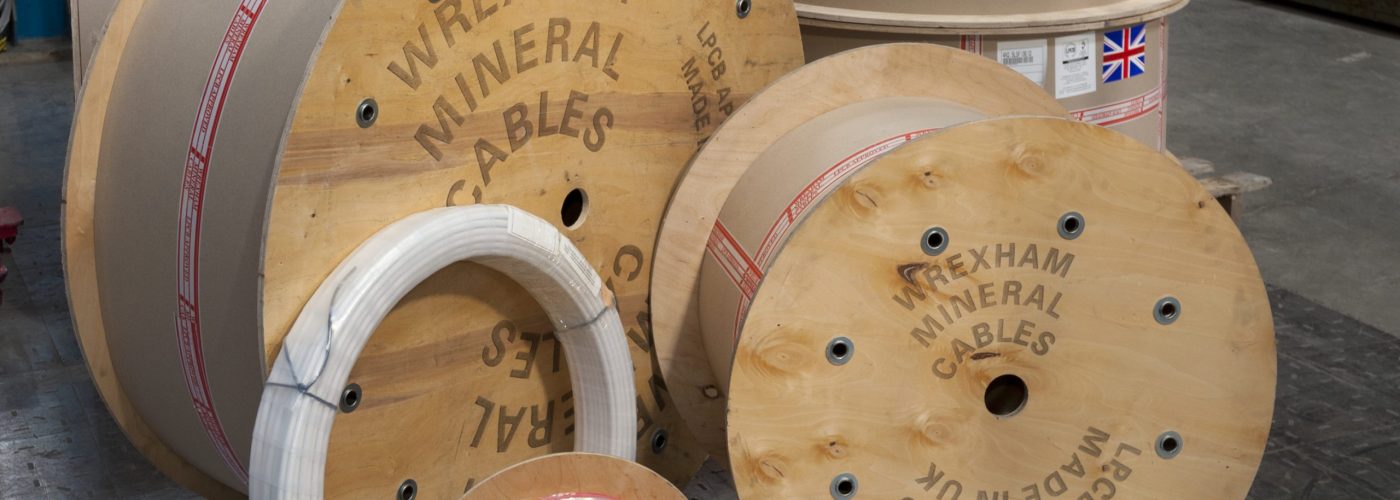A leading manufacturer of fire resistance cables believes building safety could remain a ‘ticking time bomb’ if product testing for fire cables is not strengthened.
For many years, Wrexham Mineral Cables has been calling for more stringent testing standards as it believes too many cables are classified as fire resistant yet are not fit for purpose in real-life fire scenarios.
Under current standards, only ‘fire-resistant’ cables greater than 20mm in diameter undergo testing for direct impacts to reflect falling debris and water jet testing on a single test sample. For ‘ENHANCED fire resistant’ cables under 20mm, no direct impact test takes place, and the water test is just a spray test, whilst different stages of each test are carried out on different samples of cable.
Wrexham Mineral Cables believes this is putting lives at risk.
It comes at a time when London’s Fire Commissioner Andy Roe has called for urgent change in the building industry as the number of blocks of flats in London with fire safety failings is now more than 1,000. Whilst a majority of the issues are due to cladding, the remainder have other fire safety defects, and in all of these buildings, LFB has suspended its ‘stay put strategy’.
Wrexham Mineral Cables Commercial Manager Steve Williams says testing needs to be strengthened for all fire-resistant cables as part of the construction industry’s wider drive to improve building safety.
He commented: “ENHANCED fire-resistant’ cables play a fundamental role in ensuring that emergency and building critical systems are supportedin the event of a fire. Not only do they provide early indication of a fire, they keep them safe whilst providing extended time for rescue services to evacuate occupants and ensure critical circuits remain functional for longer periods. This is particularly critical in high rise buildings where evacuation times can be extensive or hindered due to the sheer size of the building.
“The tests which construction products are subjected to need to be relevant and relied upon. It is extremely concerning that ‘ENHANCED fire-resistant’ cables most commonly being used in fire alarms, emergency lighting, extraction systems, monitoring systems or even backup generators may not survive fire, water, and direct impact. If this remains the case, building safety will remain a ticking time bomb.”
Mr Williams says Mineral Insulated Copper Cable (MICC) is the only fire performance cable that, in historical testing, has survived over 1000˚C, whilst being subjected to direct hammer blows and a full water pressure test using a fire hose. Samples tested have been measured at just 5.7mm in diameter and maintained circuit integrity for over 3 hours.
He added: “We remain committed to raising industry standards. And the only way to achieve this is by introducing a higher classification for such products. The Government’s review of current systems for testing construction products was a step in the right direction, but more needs to be done to ensure the safety of buildings. Regardless of size or construction, if a cable is required to function in the event of a fire, each single cable sample must have to pass a true fire scenario test, helping identify those which can survive, rather than simply resist fire. Ensuring that the tests which construction products are subjected to are relevant and can be relied upon is the only way we can make buildings truly safe.”





